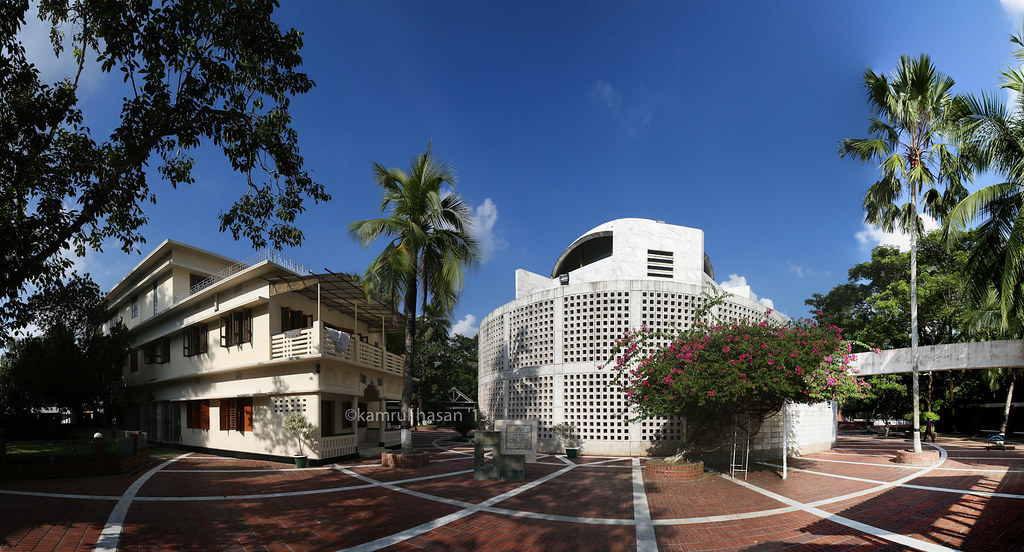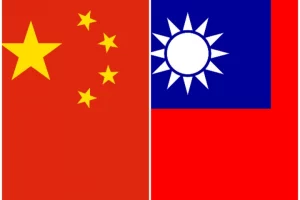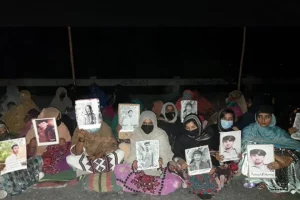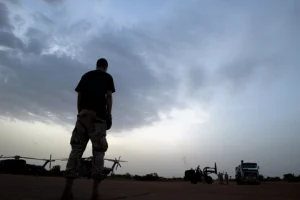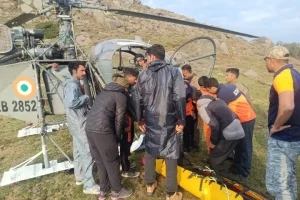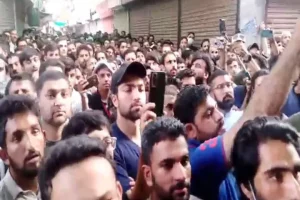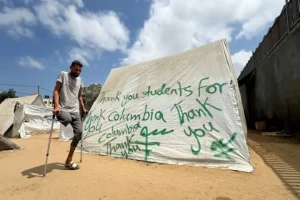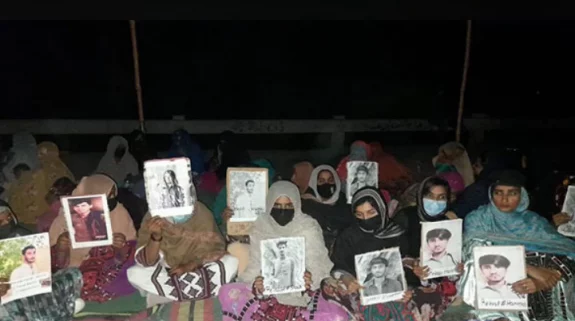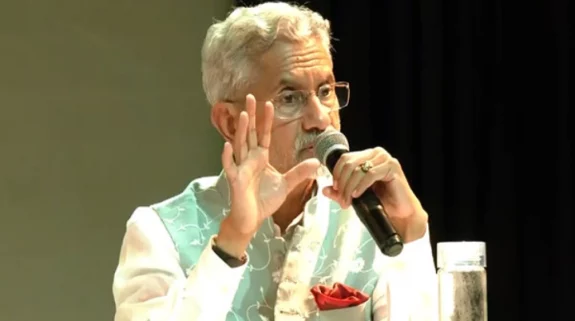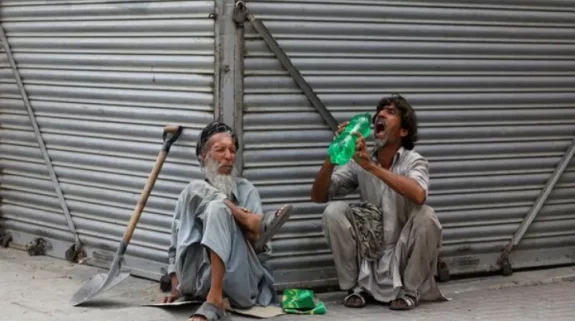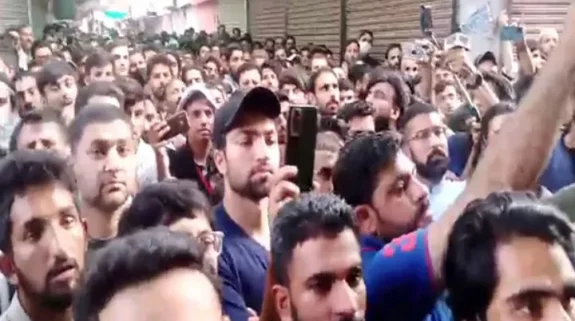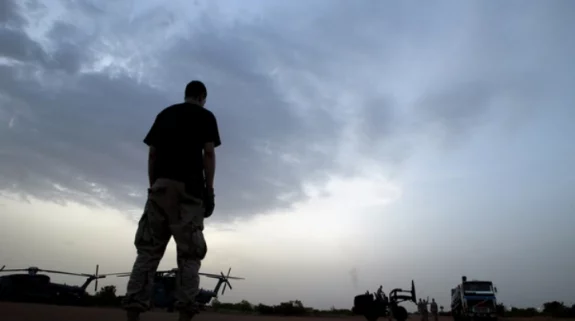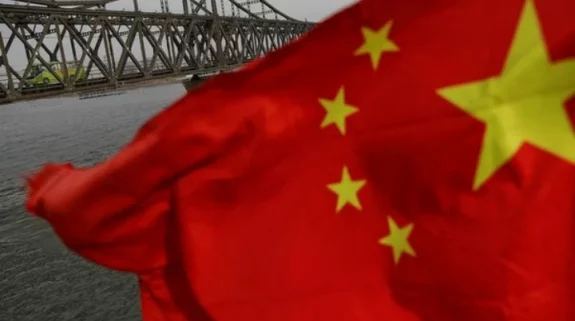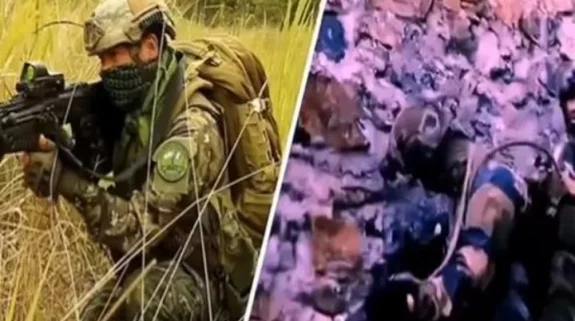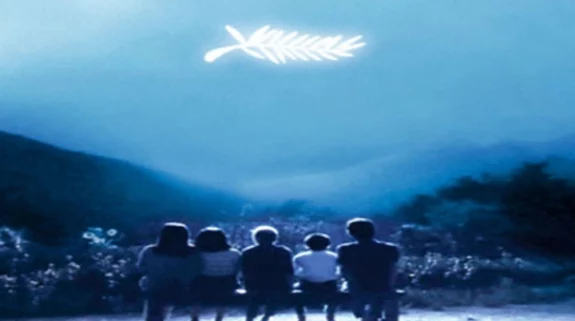
Going beyond politics, economy and even geopolitics, PM Modi's two-day visit to Bangladesh will blare the unique fusion of Hinduism and Islam in the subcontinent.
The soft-power subtext to the PM's visit to Dhaka, glared for attention to Modi's pre-departure statement. PM Modi specifically mentioned that he was looking forward to visiting the Samadhi in Tungipara of Bangabandhu Sheikh Mujibur Rehman, the founder of Bangladesh. Separately he would be offering prayers at Jashoreshwari Kali Temple. The cultural itinerary included his interaction with Matua community representatives at Orakandi, from where Sri Harichandra Thakur ji disseminated his pious message.
By such visits and interactions, the PM will reiterate the common heritage and history of the two nations and reinforce people-to-people contacts. The composite cultural narrative, in turn is a powerful foil to the voices of extremism and radicalism that have poised the inclusive mainstream cultural matrix of South Asia.
Here are some of the places which will be a part of PM’s itinerary.
Bangabandhu mausoleum
Visited by millions every year on August 15, the day Rahman, Father of Bangladesh was assassinated, Tungipara, his birth place is a little more than 400 kilometres from the capital Dhaka. Besides being his place of birth, it is also where the architect of Bangladesh lies buried. The tomb is known as Bangabandhu mausoleum.
On his last visit PM had visited the Bangabandhu Memorial Museum in Dhaka, Rahman’s residence where he was assassinated.
Orakandi, Harichand Thakur’s shrine
The Bangladesh Foreign Minister A.K. Abdul Momen informed the Bangladeshi media that Modi will be Orakandi in Gopalganj, which is the birthplace of Harichand Thakur, founder of the Matua sect. For the Matua community which plays a significant part in Bengal’s cultural ethos, this place is the holiest.
As reported in Dhaka Tribune, according to the head of Bangladesh Matua Moha Mission, Matuacharya Padmanabha Thakur, the officials of Indian High Commission in Bangladesh had already made arrangements for this visit.

Harichand Thakur’s shrine
The Matua Mahasangha is a religious reformation movement that originated in Orakandi around. Members of the sect were the namasudras who were considered to be untouchables. The objective of Thakur’s religious reform was to uplift the community through educational and other social initiatives.
Following the Partition in 1947, a sizeable population of Matuas migrated to West Bengal, where they are estimated to be two to three crore in number and spread over North 24 Parganas, South 24 Parganas, Nadia and smaller parts of Jalpaiguri, Siliguri, Cooch Behar and Bardhaman.
The Sugandha Shaktipith temple
Located in Shikarpur in Barishal district, this temple is dedicated to Goddess Sunanda and holds great significance in Hinduism. One of the 51 Shakti Pith temples, it is associated with Shakti sect of Hinduism.

Sugandha Shaktipith temple (Pic: Courtesy templepurohit.com)
Following the self-immolation of his wife Goddess Sati, Lord Shiva carried her body and performed the celestial dance of destruction. While nobody dared to stop him, it was Lord Vishnu, who stopped the spree of destruction by using his Sudarshna chakra to dismember the body. The spots where the parts of her body fell are called Shakti Pith. The majority of these spots are in India, seven are located in Bangladesh, three in Pakistan, three in Nepal and one each in China and Sri Lanka. Sugandha Shaktipith is where Sati’s nose fell.
Rabindra Kuthi Bari
Located in Kushtia, Kuthi Bari is a country house built by Dwarkanath Tagore, the Bengali poet and Nobel laureate Gurudev Rabindranath Tagore’s grandfather. The latter residence here for over a decade in irregular intervals between 1891 and 1901.

Rabindra Kutir Bari (Pic: Courtesy WIkimedia Commons)
Conserved by the Department of Archaeology it has been turned into a museum and called Tagore Memorial Museum and houses several items used by Gurudev. It is here he composed some of his masterpieces like Sonar Tari, Katha o Kahini, Chaitali etc. He also began translating the Gitanjali to English in 1912, for which he was awarded the Nobel Prize in Literature, in this house.
Kushtia, the ancestral home of Bagha Jatin
Jatindranath Mukherjee, popularly known as ‘Bagha Jatin’ (tiger Jatin) was a revolutionary freedom fighter. Born in Kayagram, a village in Kushtia district, he was bestowed with the epithet ‘Bagha’ on killing a tiger with a dagger all by himself!

Bagha Jatin (Pic: Courtesy Wikimedia Commons)
As the first commander-in-chief of the ‘Jugantar Party’ formed in 1906 as a central association dedicated to train revolutionary freedom fighters in Bengal, he is most remembered for an armed encounter he engaged in with the British police at Balasore in Orissa. Jatin lost his life in the battle but created a name for himself in India’s independence movement.
National Martyrs Memorial
Designed by architect Syed Mainul Hossain and inaugurated in December 1982, this memorial is dedicated in memory of those soldiers who lost their lives in the 1971 war.

National Martyrs Memorial (Pic: Courtesy Wikimedia Commons)
Consisting of seven pairs of triangular walls, each represents an important phase of Bangladesh’s history. These include the Language movement in 1952, the provincial election victory of the United Front in 1954, the Constitution Movement in 1956, the movement against Education Commission in 1962, 6-point Movement in 1966, the Mass Uprising in 1969 and the 1971 war which made Bangladesh free from Pakistan to become a nation by itself.






